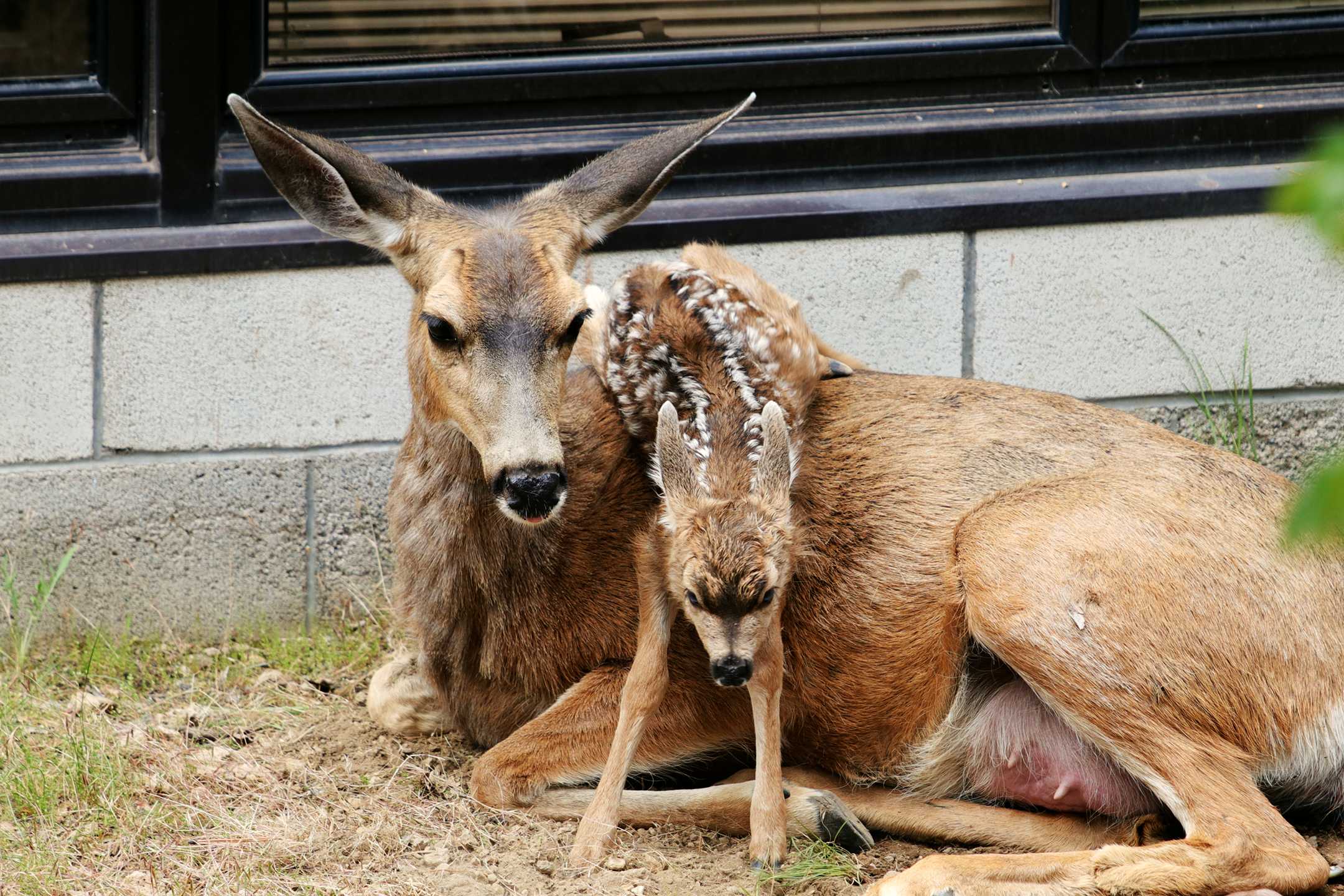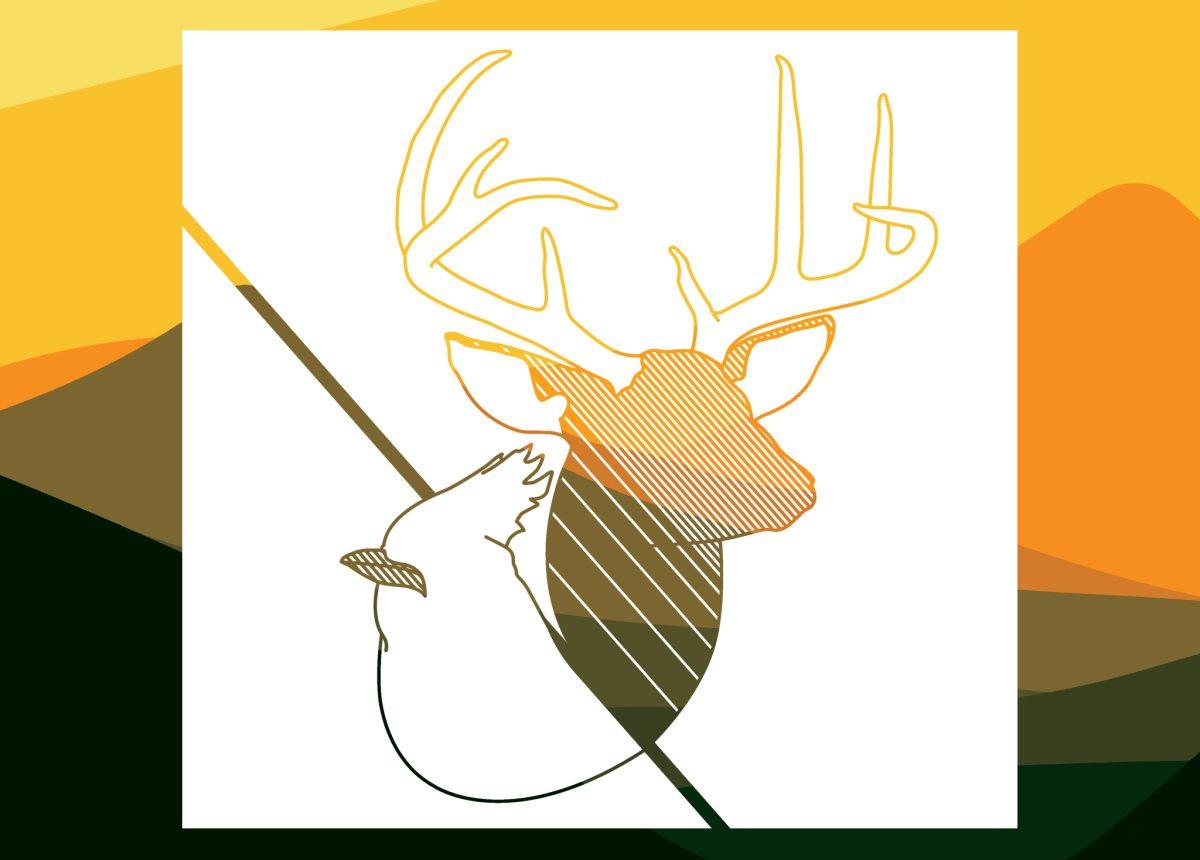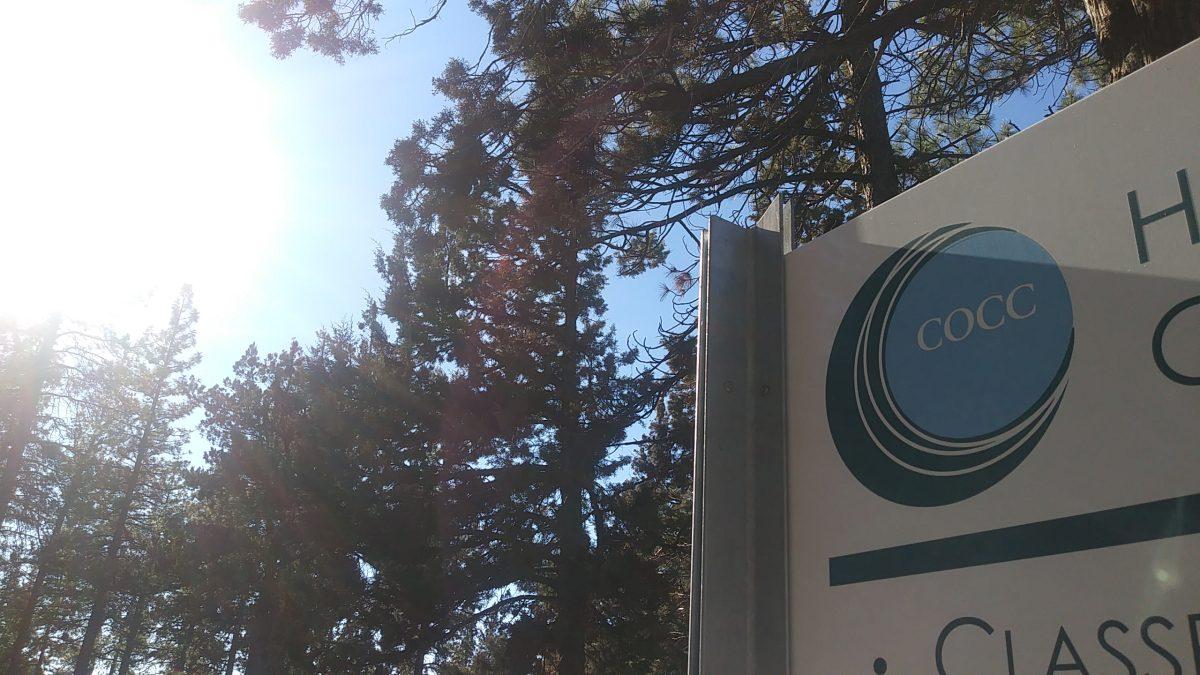By Katya Agatucci | The Broadside (Contact: [email protected])
If you attend classes around campus, you know that there is a resident deer family on campus. The deer who waltz around the upper campus are completely unphased by students who are trying to walk around them.

COCC is a melting pot of Central Oregon wildlife, it’s something that is unique to the campus.
If you listen closely, you might even hear one of the dozens of birds who reside and fly around campus.
Jim Moodie, professor of wildlife biology on campus, has noted the plethora of different bird and rodent species on campus for years.
This will be his 17th year teaching at COCC. His background in behavioral ecology with a focus on animal behavior, evolution and ecology has aided him in noticing all of the different species on campus.
Pygmy nuthatches, house finches, huff sparrows, mount chickities, stellar jays, northern flickers, you name it.
There are bird species who reside seasonally and some who are around all year. “They show up in the spring and they’ll breed and build their nests in some of the crevices in the buildings,” Moodie explained about the violet green swallows on campus.
“If students knew what they were listening to, they would pay more attention. There’s lots of wildlife on campus, you just have to listen and look around,” Moodie said.
Believe it or not, if you pay attention, you might spot something like a grey horned owl every once in a while too.
“Last fall I was walking down to the library and the pygmy nuthatches were going nuts, so I knew they were mobbing something,” Moodie said, “I looked up and watched for a little bit and watched a bigger bird fly up and I knew it was an owl. It was a pygmy owl. Pygmy owls are cool because you can see them during the day.”
When you’re walking to class in the upper campus and you spot a chipmunk, that might actually be a golden-mantled ground squirrel that you’re looking at. The squirrels that you see climbing up all of the juniper trees with big puffy tails are western gray squirrels. There are also chipmunks, house mice, deer mice and mountain cotton tailed rabbits.
Moodie explained that a rabbit sighting is rare, but still possible: “They’re not as prevalent as the squirrels on campus, but they’re around.”
Through Moodie’s 17 years of teaching at COCC, he has taught non-majors biology, animal behavior, majors biology, and a cells course. The stemmed interest in behavioral ecology that lead to getting his PHD in that subject came from taking a natural history of vertebrates class when he was still an undergrad.
Each year through Moodie’s ecology class, he’s able to hook a few students on bird watching.
“They will always come back and say that they pay attention to everything they see as they’re driving to and from campus. I hook a few of them. It’s something you can do anywhere. It’s kind of gratifying when they tell me that they get into bird watching,” Moodie said.
The next time that you have time in between classes, stop and pay attention to what’s around you. You might be surprised at what you find or hear on campus.
Do you take photos or videos of the wildlife that you run into on campus? Send us your shots! Send them to us at [email protected] for a chance to be featured in a future issue or our website. ■








